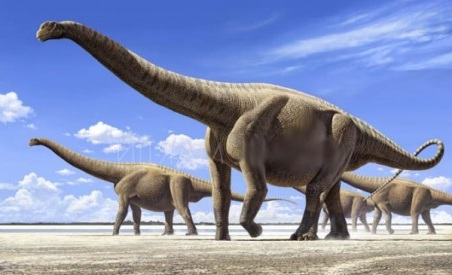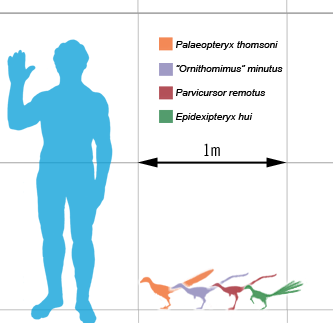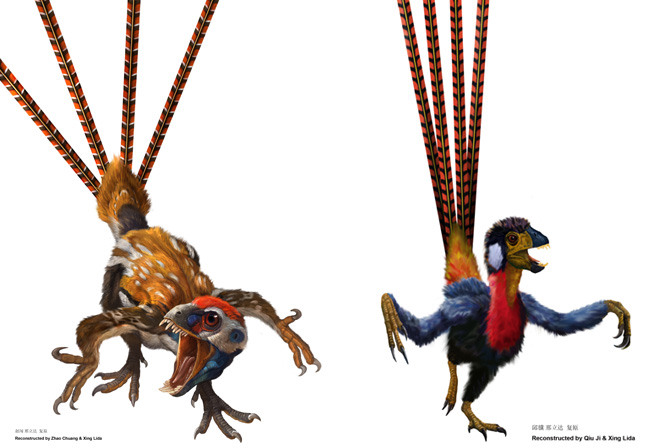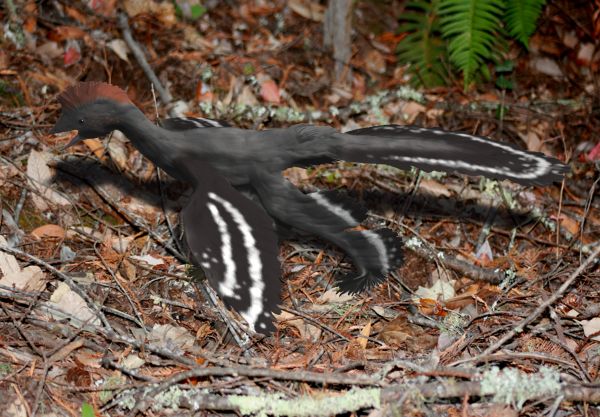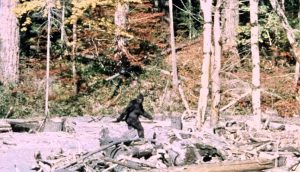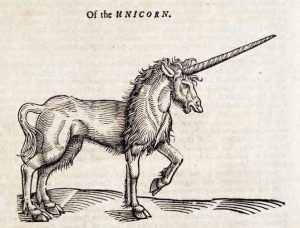Dinosaurs: Longest, Heaviest, Smallest, and Lightest
As children, many of us are fascinated by dinosaurs; it’s almost the default setting of human children.
We’re fascinated by them in the same way that we’re fascinated by a fire breathing dragon or Jabba the Hutt. They kind of merge together in our infantile mind as being too amazing to be true. Of course, though, these things actually walked the same earth that we do.
They were the shepherds of the planet from around 230 million years ago. They reigned for around 135 million years until something big and rather nasty happened.
To put that in perspective, humans have been around for about 160,000 years, although estimates vary. So they existed for more than 800 times longer than we have, and at the rate we’re going, it doesn’t look like we’ll be around for much longer.
More than 1,000 species of dinosaur have been discovered so far, which is probably only a very limited representation of the total.
Fossilization is a relatively rare occurrence, the body of the deceased muast be covered over with something air tight (mud, ice, etc.) soon after dying otherwise the whole kit and caboodle will just break down or be eaten by scavengers.
The entombed remains must then experience immense pressure for long, long periods. So, not every beast gets the privilege of eternal life in a museum. There’s probably a rich tapestry of stony skeletons under the oceans and in other hard to dig places that we may never get to see.
But what every budding paleontologist wants to know is which one was the biggest and which was the smallest. The picture at the top shows some of the longest ones (click on it to see the names).
Here’s a run down of the champions:
HEAVIEST & LONGEST
Amphicoelias fragillimus
He’s the longest one in the picture above, clocking up around 58 metres of length and an estimated 122 tonnes. This is what he looked like….. or at least something like this:
(I should also make a note that there are other dinosaur remains in existence that may have been part of bigger creatures, so Amphicoelias is not the definitive answer.
SMALLEST & LIGHTEST
Epidexipteryx hui
Epidexipteryx hui was the shortest dinosaur we know of at just 25 cm long. And Anchiornis huxleyi was lightest at a mere 110g.
An artist made this picture of a Epidexipteryx hui:
And this is what Anchiornis huxleyi looked like according to another artist:
I’d like to end this post by mentioning the fact that the blue whale is still the biggest and heaviest beast that has ever lived, as far as we know…. maybe the fossil record will chuck up an even bigger mega-beast one day.
IF YOU DON’T LIKE PALEONTOLOGY, CLICK HERE FOR SOME ARCHAEOLOGY


